
Guide to Snacks for Hiking | That Boost Your Stamina
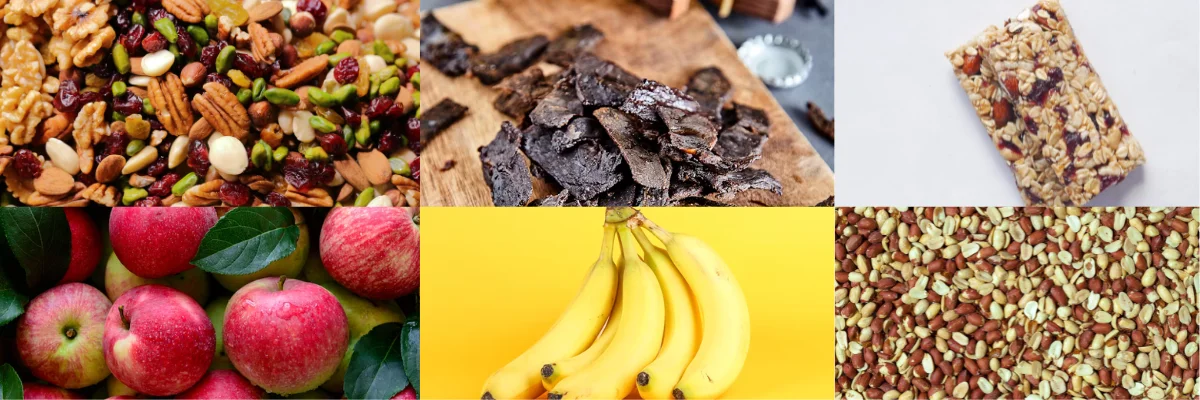
Table of Contents
Hiking is one of the most strenuous physical and mental activities. Choosing snacks for hiking should be done properly.
You drain so much of your energy chasing destinations. When hiking through mountainous trails, you feel weak, and sometimes, the situation gets so worse that it becomes hard to take a step.
This usually involves not keeping yourself properly fed. Carrying snacks on a hike can be a game-changer for you. Snacks will kill your cravings, energize you to overcome upcoming challenges and keep you healthy.
Why Snacks Matter in Hike?
Snacks come in different shapes and sizes. Since you are used to eating three times a day, the energy that your body loses cannot cover that up in a hike with the usual eating schedule.
Hiking drains a lot more energy than we think; we walk for up to 6-7 hours a day, and sometimes more than that.
We are spending 400-600 calories an hour while hiking, so snacks aren’t treat; they are fuel. Without the right fuel, you will feel tired, dizzy and slow. That’s where snacks come in.
Carrying good snacks full of energy, like nuts, dried fruits, energy bars, or trail mix, will keep your energy steady. It controls cravings or hunger before it hits you. These snacks are easy to carry and are lightweight.
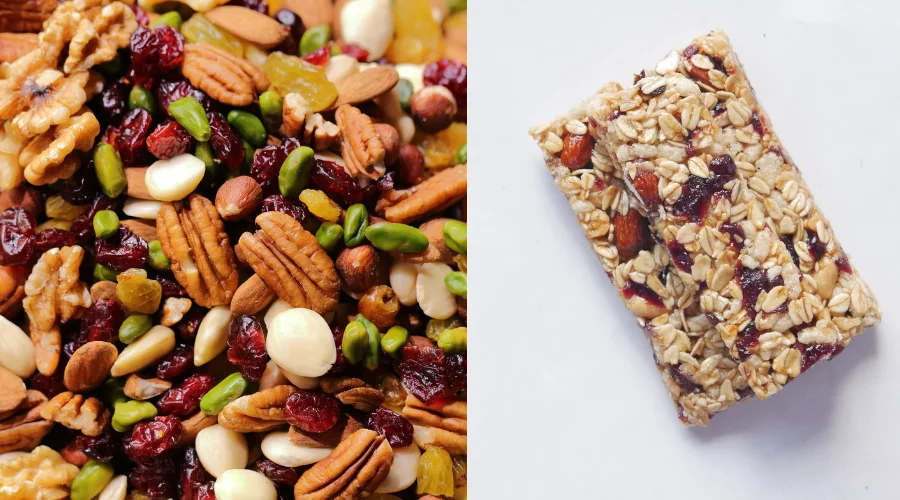
Your brain needs food to function properly, like watching your step, staying on the path, and enjoying the moment.
Your blood sugar drops and your focus goes with it. Carrying good snacks for hiking will help your mind clear and lift your mood.
When you are hiking at a high altitude, the cold temperature and constant walking won’t make you feel hungry because blood and oxygen are going to your muscles rather than your stomach.
But you should know that your body still needs fuel. So, having easy and tasty snacks matters. A snack at the right time can change your whole hike.
What to Consider When Packing Snacks?
When packing snacks for a hike or trek, it’s not just about taste; it’s about energy, ease, and smart choices. The following things should be considered when packing snacks.
- Weight matters: Go for snacks that are energy-rich but don’t take up space, like nuts, protein bars and dry fruits.
- Nutrition first: Look for snacks with a balance of carbs, protein, and healthy fats. Carbs give quick energy, protein helps muscles, and fats keep you full longer.
- Shelf Life: Eating expired can make you ill. So, pack foods that won’t spoil, and avoid anything that melts, leaks or needs a fridge, like dried fruits, jerky, roasted legumes, and energy bars.
- Weather friendly: In Hot weather, most snacks melt like chocolates, for cold hikes, energy-dense and warming snacks like nuts and peanut butter.
- Eco-friendly and easy to eat: you want to grab a bite without stopping or unpacking too much, so snacks should be simple with no mess and no prep. Avoid plastic wrappers if you can.
- Dietary Needs: If you’re vegan, keto, or allergic to anything, plan ahead. Bring what fits your body best.
What to Eat Based on the Terrain and Trek Type?
Packing snacks for a hike or trek requires proper knowledge because sometimes hiking snacks do go with trekking snacks.
What you eat should be very carefully chosen because it can either power you up or slow you down.
For short and easy hikes, pack fruits like bananas, apples, roasted peanuts or homemade granola bars. And these things don’t go on a long trek.
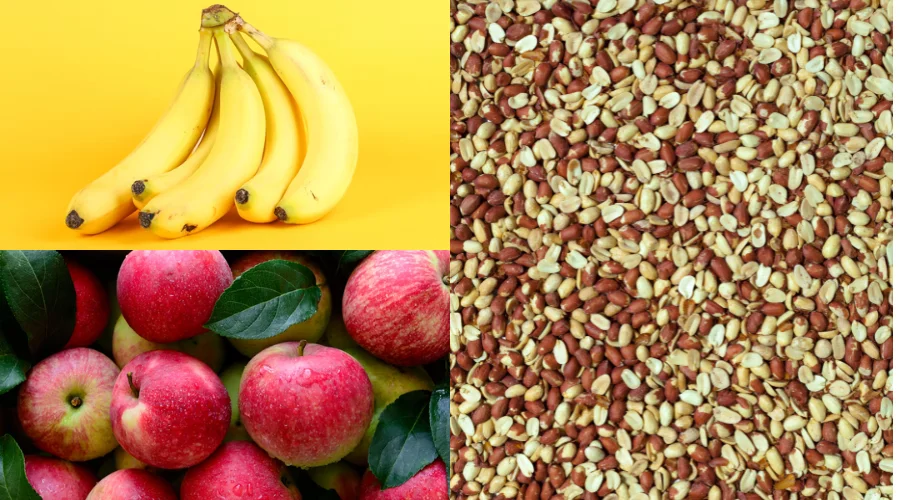
On mountainous trails, your body drains so much energy that you need protein-rich snacks.
Dried fruits, peanut butter sachets, chocolate and trail mix with nuts and seeds. These are small snacks but powerful, which give you both energy and warmth.
On high-altitude, multiday treks like Everest Base Camp Trek, go for dry, protein-rich and easy-to-carry foods. In high altitudes, you might not feel hungry because your leptin level increases (a hormone that suppresses appetite).
Snacks like soft protein bars, sweets, packed noodles, local snacks like beaten rice (Chiura), and dry meat. These snacks are light, last longer and won’t go bad.
Weather Considerations
You might not know, but different types of food react differently according to the weather. At high altitudes in Nepal, your appetite often fades due to altitude sickness and other factors.
Your body prioritizes survival over digestion. That’s why smart snack choices for each type of weather aren’t just helpful, they’re essential fuel for the trail. find out what food should be taken in different weather.
- Cold days: If you’re wearing thick gloves, opening tiny wrappers can be a mission. Choose snacks that are easy to tear open or pack them in small containers.
- Freezing cold: Some snacks go rock solid. Think chocolate bars or certain energy bars; they can turn into jawbreakers. Oaty stuff or wafers usually stay chewable, even in icy weather.
- Windy trails: Chips, crackers, or anything light can fly off before you even get a bite. One gust and its snack was gone with the wind.
- Rainy weather: When your hands are wet and your snacks aren’t packed well, you end up with a soggy mess instead of something tasty. Unless it’s wrapped tight or water-resistant, your food could end up sad and mushy.
- Super-hot days: Chocolate melts fast. Biscuits stick together. You’ll open your bag to find a gooey lump instead of your favourite treat.
How to Balance Out Your Hiking Snacks ?
Packing for a hike isn’t just about throwing in whatever fits. It’s about balance, Food that keeps your body moving without slowing you down.
A good snack plan mixes fast energy with slow-burning fuel. You want something that kicks in quickly when the trail gets steep and something that lasts through long stretches without needing constant munching.
High-energy snacks play a big role here. Think nuts, seeds, dried fruits, energy bars, or even simple local bites like roasted soybeans or chiura with a bit of dry pickel.
These are calorie-dense, light to carry, and give you enough fuel to keep going. Mix them up, which will bring salty and sweet, crunchy and soft taste.
The goal is to keep your energy steady without going hungry or feeling too heavy. On long hikes, it also helps to think about timing. Snack a little every hour or two rather than loading up all at once.
That way, your body gets a steady stream of fuel, your mood stays good, and your legs keep moving without crashing halfway. Balance isn’t just about food; it’s about how you use it.
Bonus Snack Ideas for Hike
When you’re out on the trail, far from shops and kitchens, snacks become more than just food; they are comfort, energy, and sometimes even motivation.
The right bite at the right time can shift your mood, bring back strength, or turn a tired walk into a happy one. Here are a few trail-friendly snacks that are easy to pack, easy to love, and perfect for any kind of hike:
- Roasted chickpeas: Crunchy, salty, and full of protein. They stay fresh for days and don’t take up much space.
- Dry fruits with nuts mix: A quick burst of energy. Almonds, cashews, walnuts, raisins, mix what you like.
- Energy balls: Small but mighty. Oats, peanut butter, seeds, and dates rolled into a pocket-sized boost.
- Local Nepali snacks: Chiura (beaten rice), sukuti (dried meat), or dry achar (pickle). Familiar flavours, made to travel.
- Dark chocolate: A little square goes a long way when you need a morale boost.
- Instant soup packs: A warm break during cold hikes. Just add hot water and breathe easy.
- Coconut strips or dried mango: Light, sweet, and rich in fibre. A tropical touch in the mountains.
- Trail biscuits: Oatmeal or digestive cookies. Simple, filling, and satisfying.
- Homemade popcorn: Airy and fun. Add a pinch of salt or chilli for flavour.
- Instant coffee sachets: A warm sip on a cold trail. It lifts your spirit and sharpens your mind.
- Honey sachets: Natural energy in a small packet. Easy to carry, even easier to enjoy.
- Smart Snacking Strategy: When and How Often to Eat While Hiking
The Best Low-Sugar Snacks for Hiking
Not every trail needs a sugar rush. For some hikers, especially those watching blood sugar or managing diabetes steadily, low-sugar fuel is the key to feeling strong without the crash. These snacks won’t spike your energy, but they’ll carry you gently through the climb.
- Roasted almonds or peanuts: Full of healthy fats and protein. No sugar, no crash.
- Boiled eggs: Pure protein in a shell. Perfect for short hikes and easy to pack.
- Hard cheese cubes: Creamy, salty, and low in carbs. Great for cooler hikes.
- Fresh veggie sticks: Carrots, cucumbers, or bell peppers. Crunchy, hydrating, and naturally low in sugar.
- Jerky (unsweetened): Beef, buffalo, or chicken. Choose ones with no added sugar, just meat and salt.
- Pumpkin or sunflower seeds: High in fibre and fats. Helps keep energy steady.
- Olives in a pouch: Savory and satisfying. A fun break from sweet snacks.
- Nut butter sachets (no sugar added): Almond or peanut butter, which gives you smooth energy without the spike.
- Homemade trail mix: Use raw nuts, unsweetened coconut, and seeds. Skip the raisins.
- Plain Greek yogurt (for short treks): Protein-rich and filling. Choose unsweetened if you’re carrying a cooler.
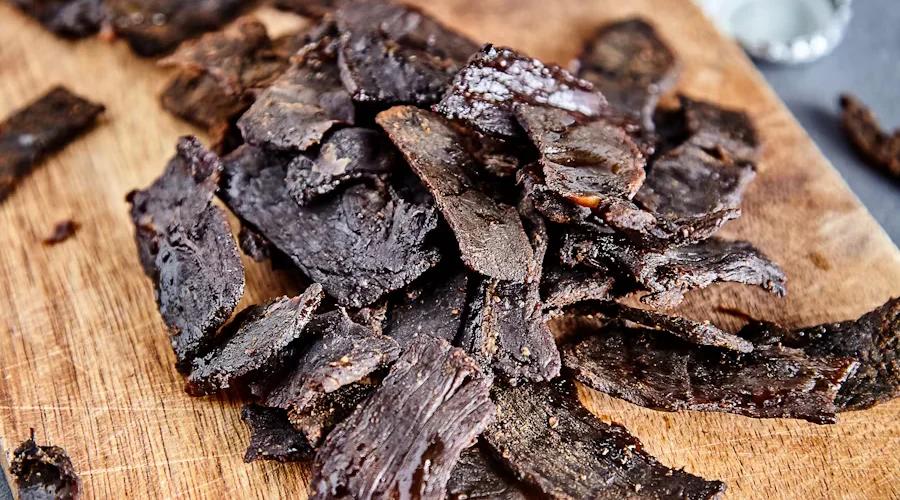
Snacks Available on the Nepal trail
If you are hiking or trekking in Nepal’s rough and snowy trails, there are very good chances you will find healthy and fulfilling snacks. These snacks are usually produced locally and are available in most teahouses. Purchasing these snacks might be pricy in high-altitude teahouses, but in Kathmandu, they are as cheap as USD 1-2. Sukuti (Dried Meat) can cost around USD 5-15 in Kathmandu local shops.
- Beaten Rice with Sugar: It is the best combination, which is locally called Chini Chiura (Sugar, beaten rice). Just take out the pack and start munching. It requires zero prep and is so light that you feel the weight.;
- Nepali Roti, sugar with chilly: Great snack for short hikes, which you can just pack and put in the bag, then take out when you like to eat. Just a Nepali homemade roti (bread) with sugar and chilli. It tastes so chilly and sweet that it will refresh you and fuel you to push harder. If you have a Nepali friend or the hotel that you are staying in, you can request this snack combination, which you can use on a short hike.
- Bhuja ChauChau (Nepali Noodles): It is a snack that you can take in both short hikes and long treks. Bhuja (Spiced puffed rice) and ChauChau are a dry, tasty, and fulfilling snack combination. These snacks are less costly, healthy and easily available.
- Chhurpi (Hardened Yak Cheese): It is a protein-rich, super chewy and long-lasting snack that keeps your mouth busy for hours and warms your jaw.
- Sukuti: Sukuti, Nepal’s smoky dried meat snack, is a protein-packed essential for treks. Lightweight and long-lasting, it fuels you on high-altitude trails. Grab some from Kathmandu or Pokhara before your journey; it’s perfect to stash in your bag and enjoy later when energy dips and hunger hits the mountains.
Want to know more?
Speak to an Expert





Sandip Dhungana
Nepal 🇳🇵
Whatsapp: +977-9823636377

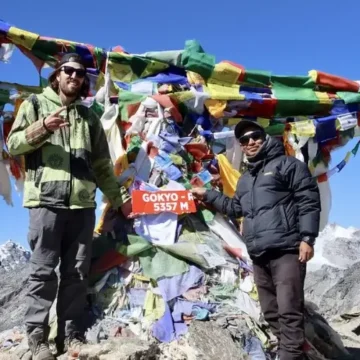
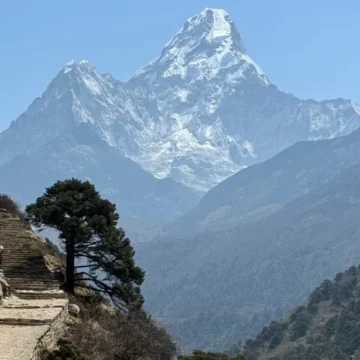

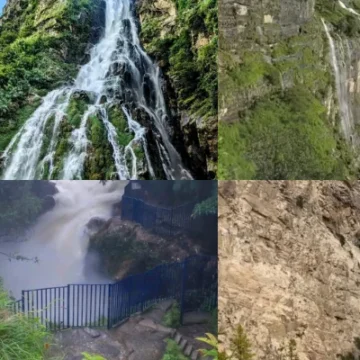
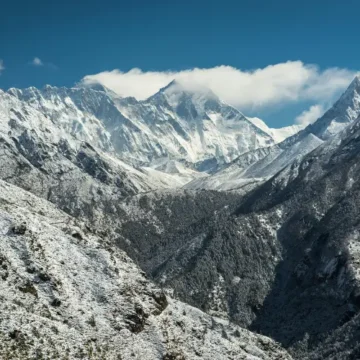
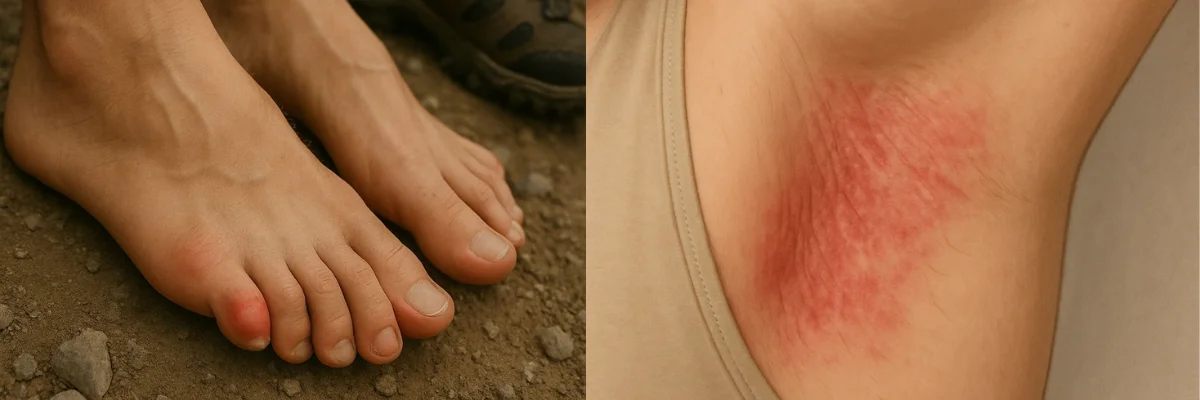

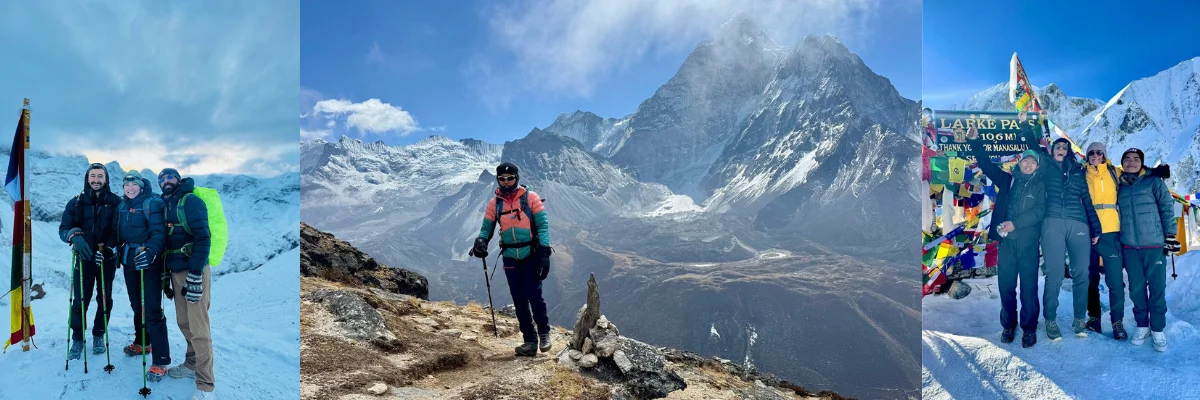
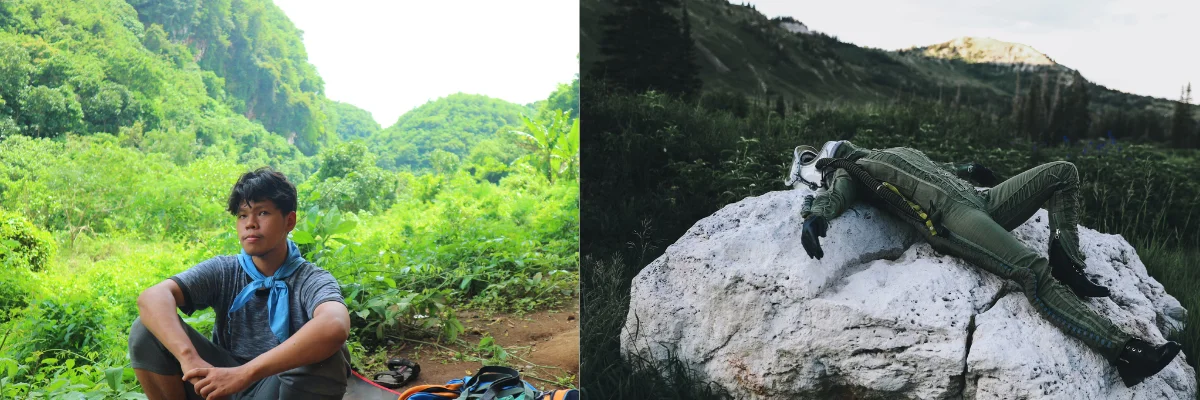
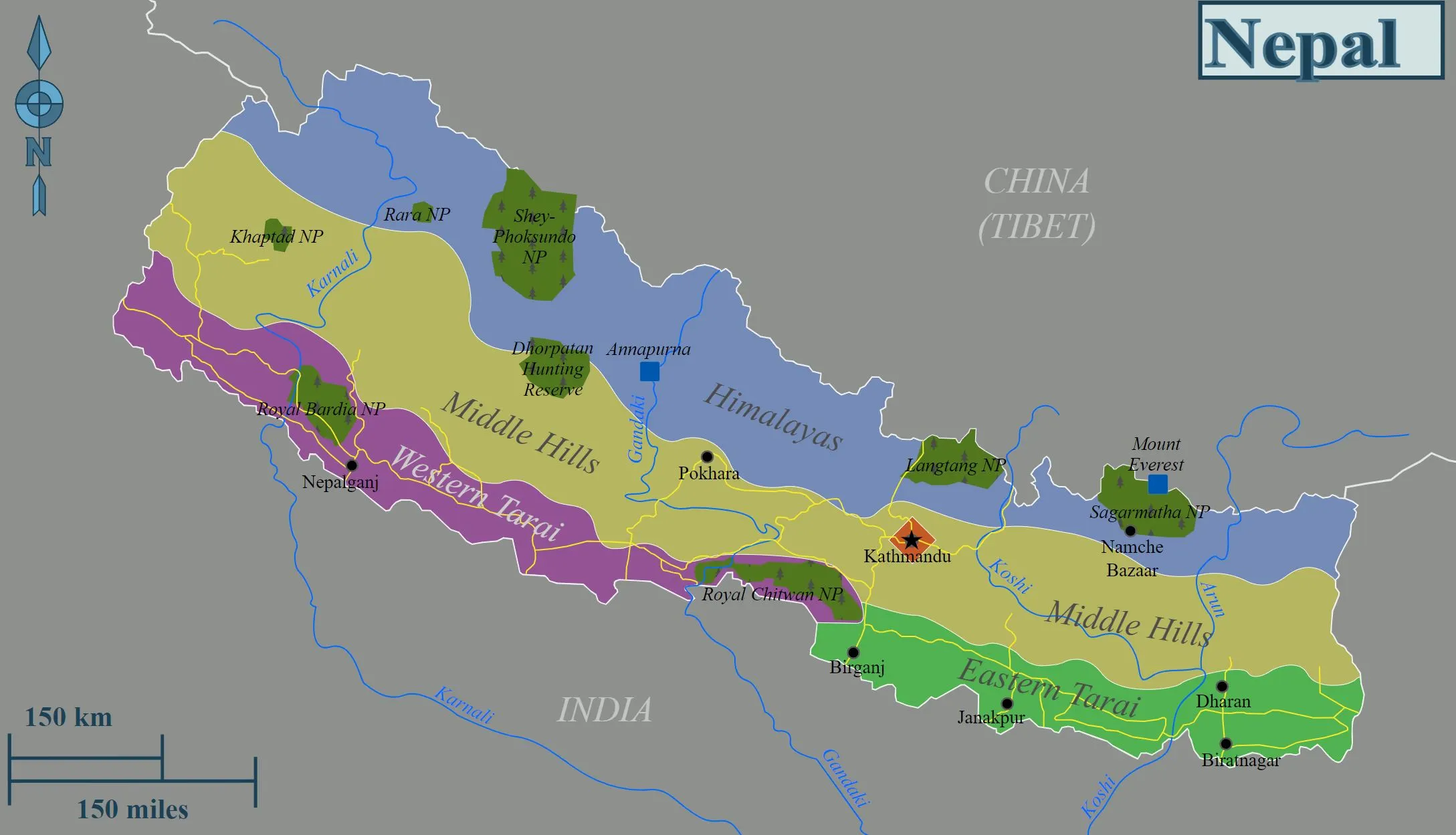
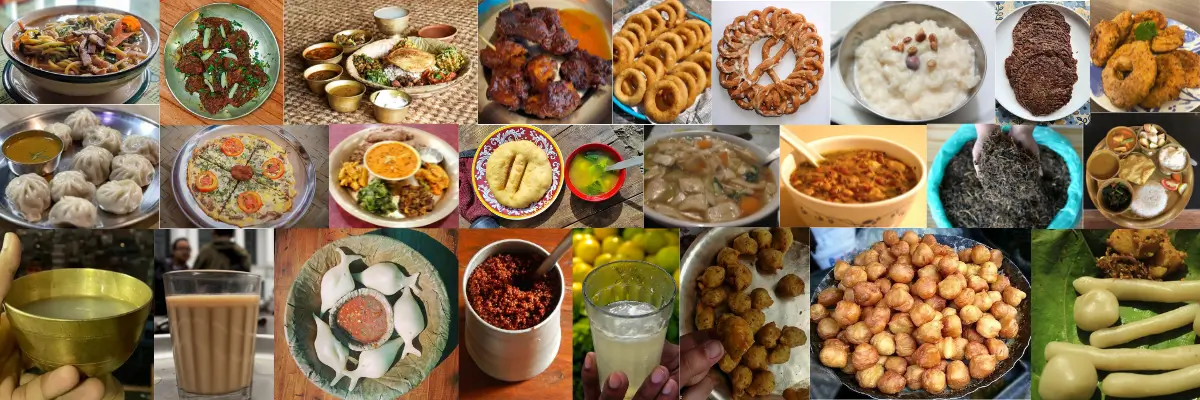
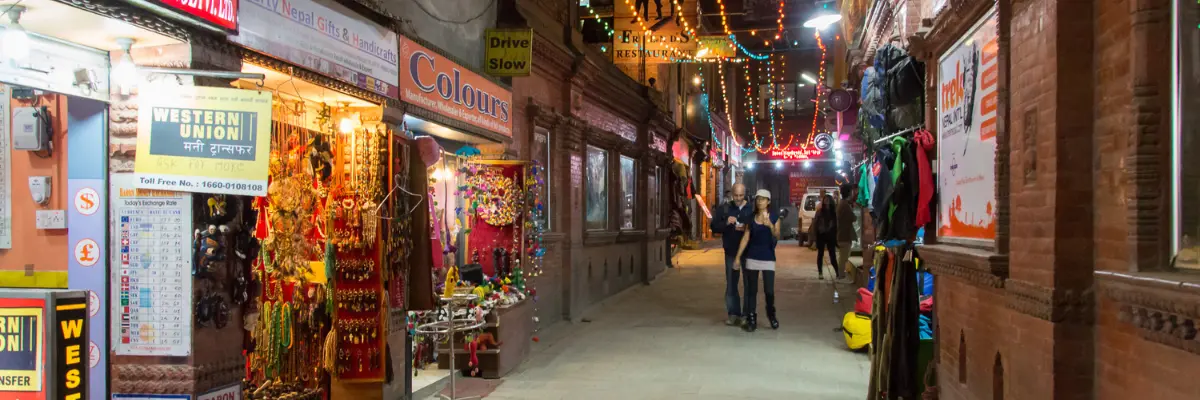










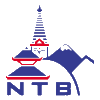


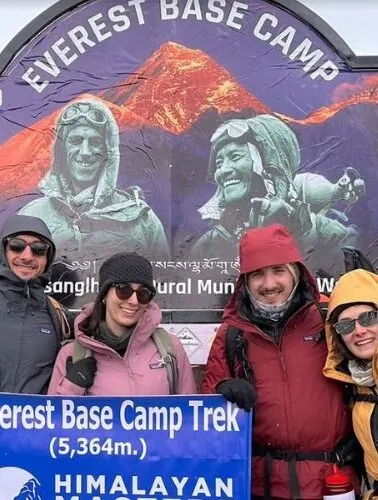
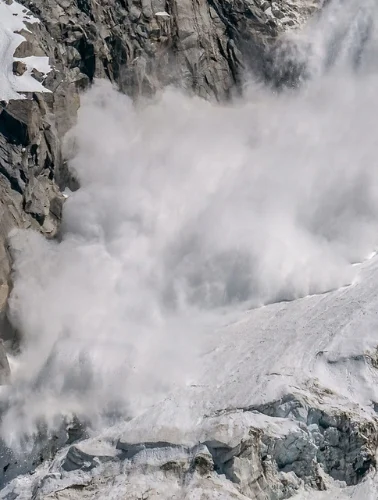

Leave Your Comment